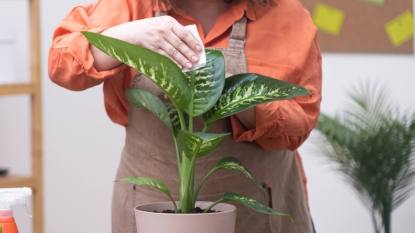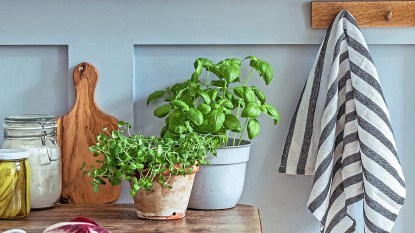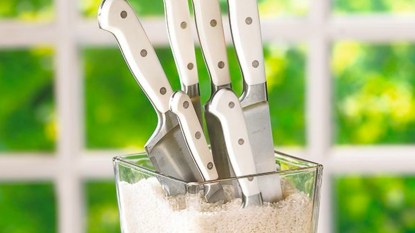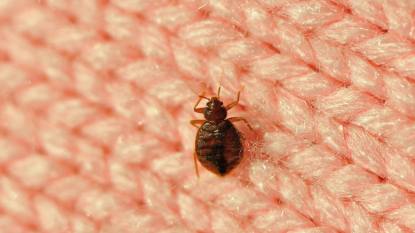18 Houseplants That Remove Harmful Chemicals From the Air

If you’re a complete and utter plant lady, your obsession could actually have some pretty cool health benefits. Houseplants are known for purifying the air, so what better plants to clean your home than those that are NASA-approved to refine the air in space stations?
The NASA Clean Air Study contains a list of plants that are good for removing chemicals — like formaldehyde (found in tissues, paper towels, and paper bags), ammonia (found in cleaning products), xylene (found in vehicle exhaust, rubber, and leather), benzene (used in synthetic fibers, resins, and plastic), and trichloroethylene (found in printing ink) — which have been linked to issues like headaches and eye irritation. Not fun!
So the next time you stop at a plant nursery or drive by a home-improvement store, check for these plants.
Warning: Some of these plants are poisonous to animals, so consult a vet before purchasing if you have a pet.
MUST-SEE: 6 Ways to Make Flowers Last Longer
Dwarf date palm
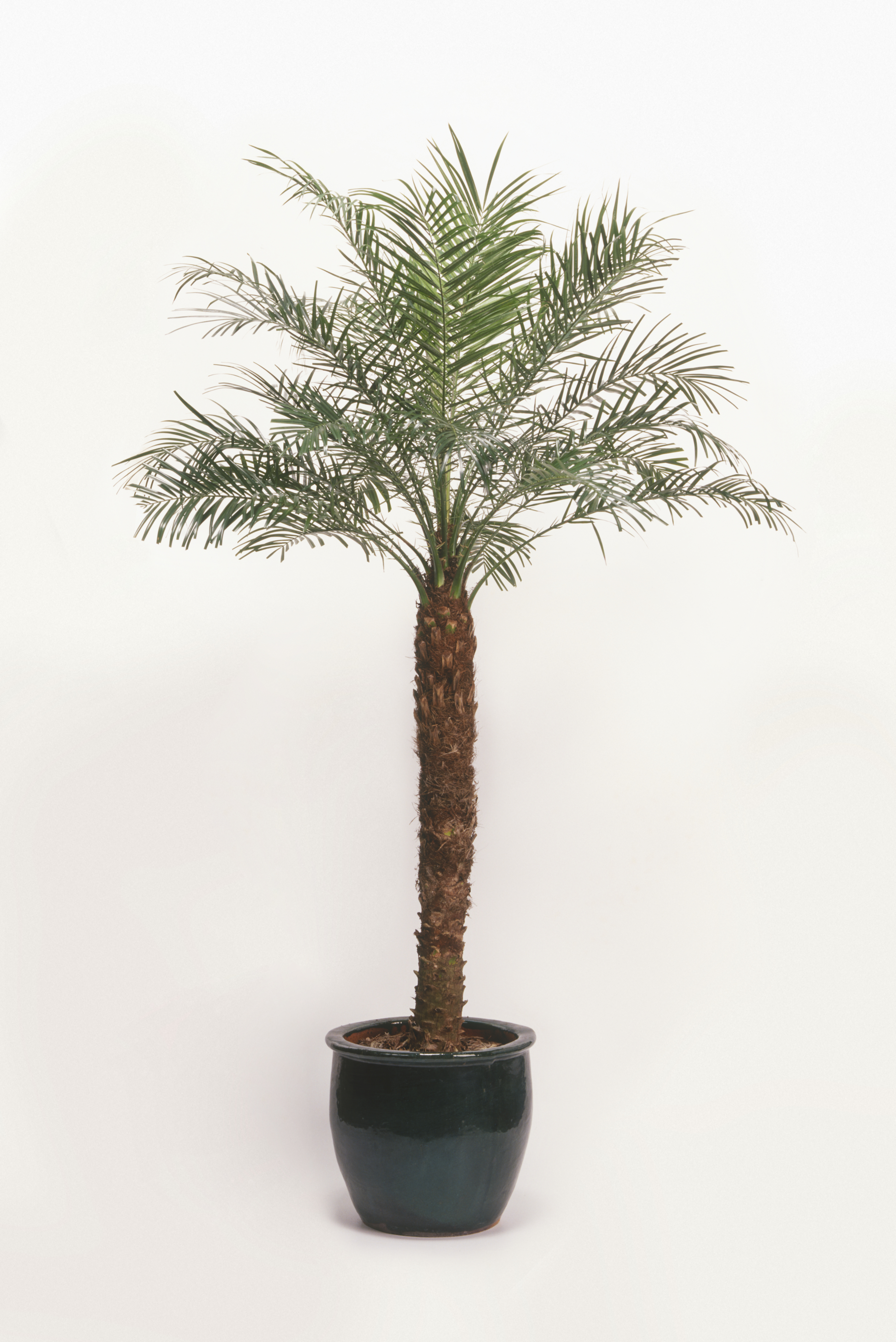 Getty Images
Getty Images
Phoenix roebelenii can grow between six and 10 feet, so an outside area or a room with tall ceilings would be ideal. These plants are from Southeast Asia, so they thrive in warm temperatures.
Boston fern
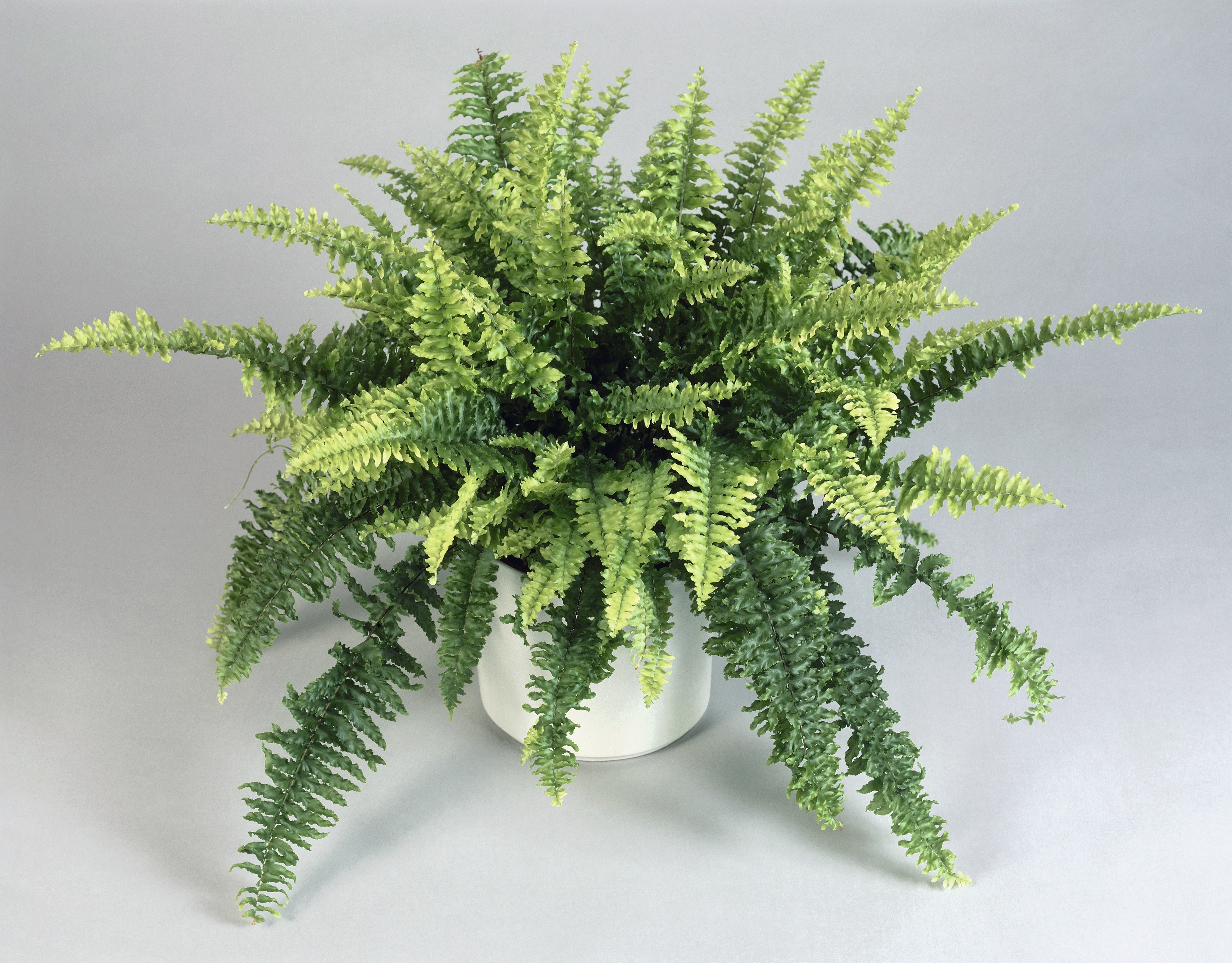 Getty Images
Getty Images
Nephrolepis exaltata do best in cool places. They prefer areas of high humidity, so homeowners should mist their plants once or twice during the week or set the pot on pebbles filled with water to compensate.
Kimberly queen fern
Nephrolepis obliterata are easy to grow, and they can reach up to three feet in length. They do best in areas that don’t get too cold, like along the coasts and in Hawaii.
Spider plant
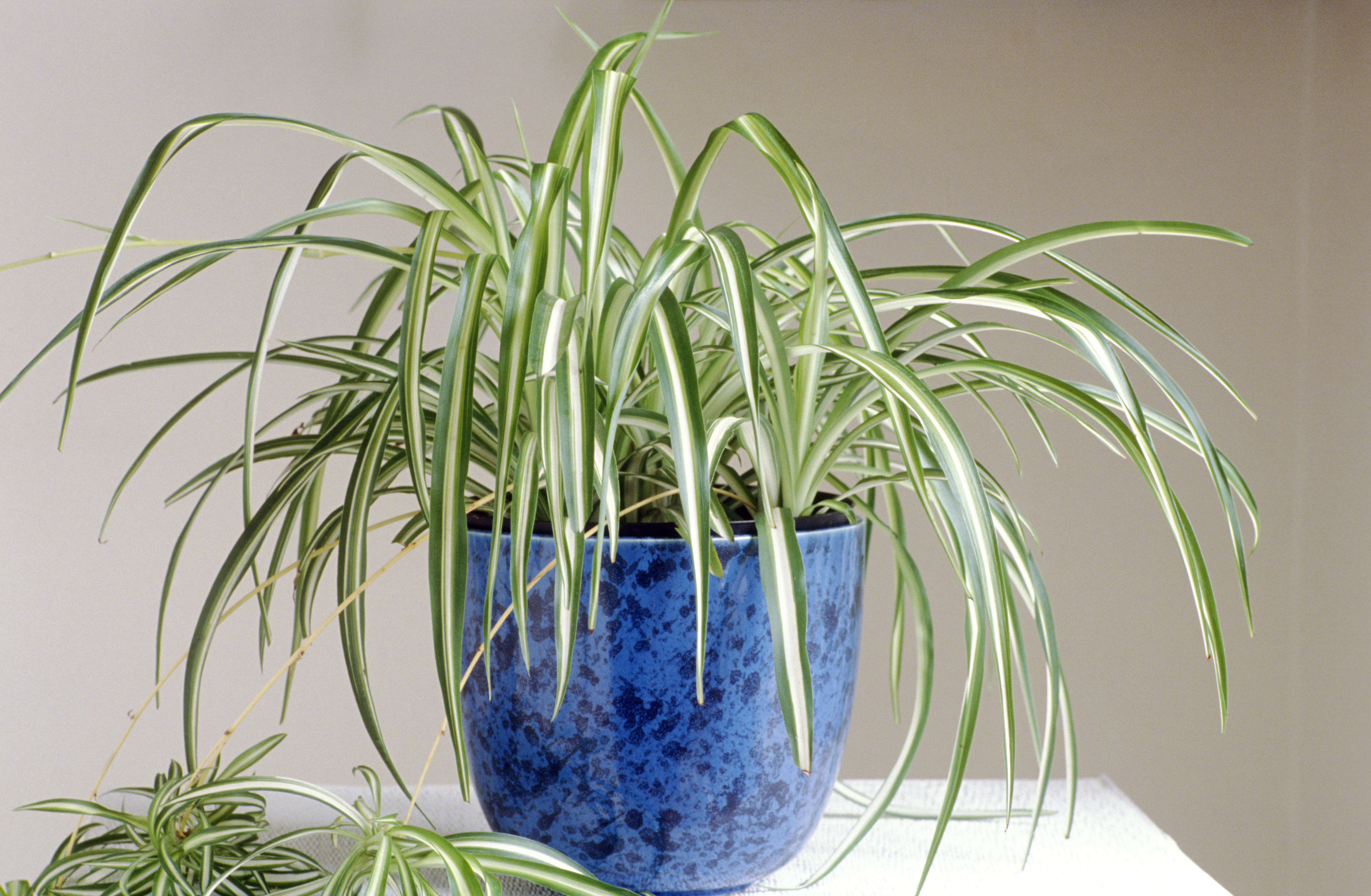 Getty Images
Getty Images
Chlorophytum comosum are one of the easiest houseplants to grow. If they’re placed out of direct sunlight, they will thrive, especially in areas where temperatures hover around 55 to 65 degrees Fahrenheit.
MUST-SEE: This Popular Summer Plant Is Actually Deadly to Kids and Pets
Chinese evergreen
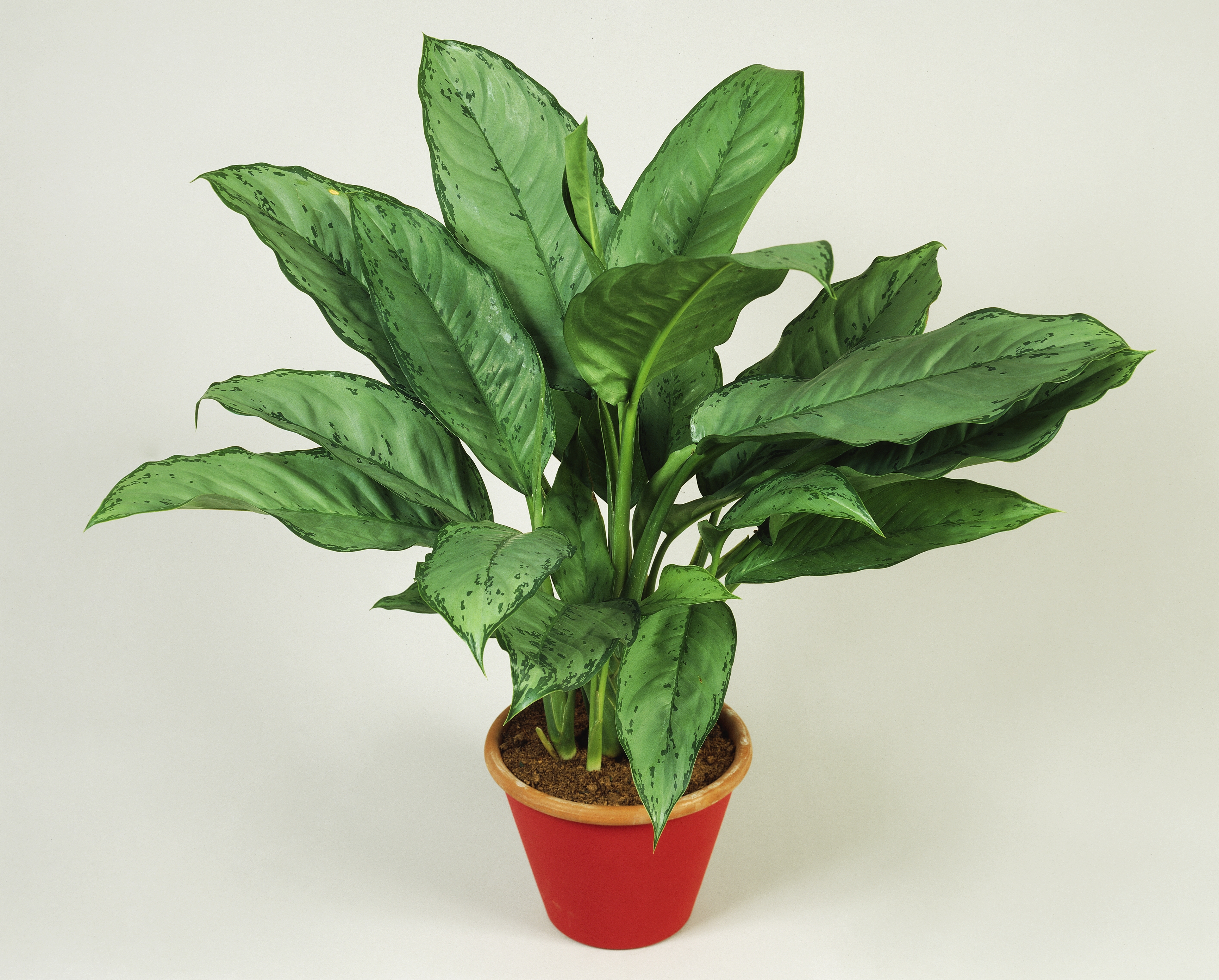 Getty Images
Getty Images
Aglaonema modestum are a bit more labor intensive, but just having one in your home will make you look like an expert gardener. These plants can adapt to less-than-ideal temperatures, but they do best in rooms that are around 70 to 72 degrees.
Bamboo palm
Chamaedorea seifrizii are low-maintenance palms that can grow up to seven feet in height.
Weeping fig
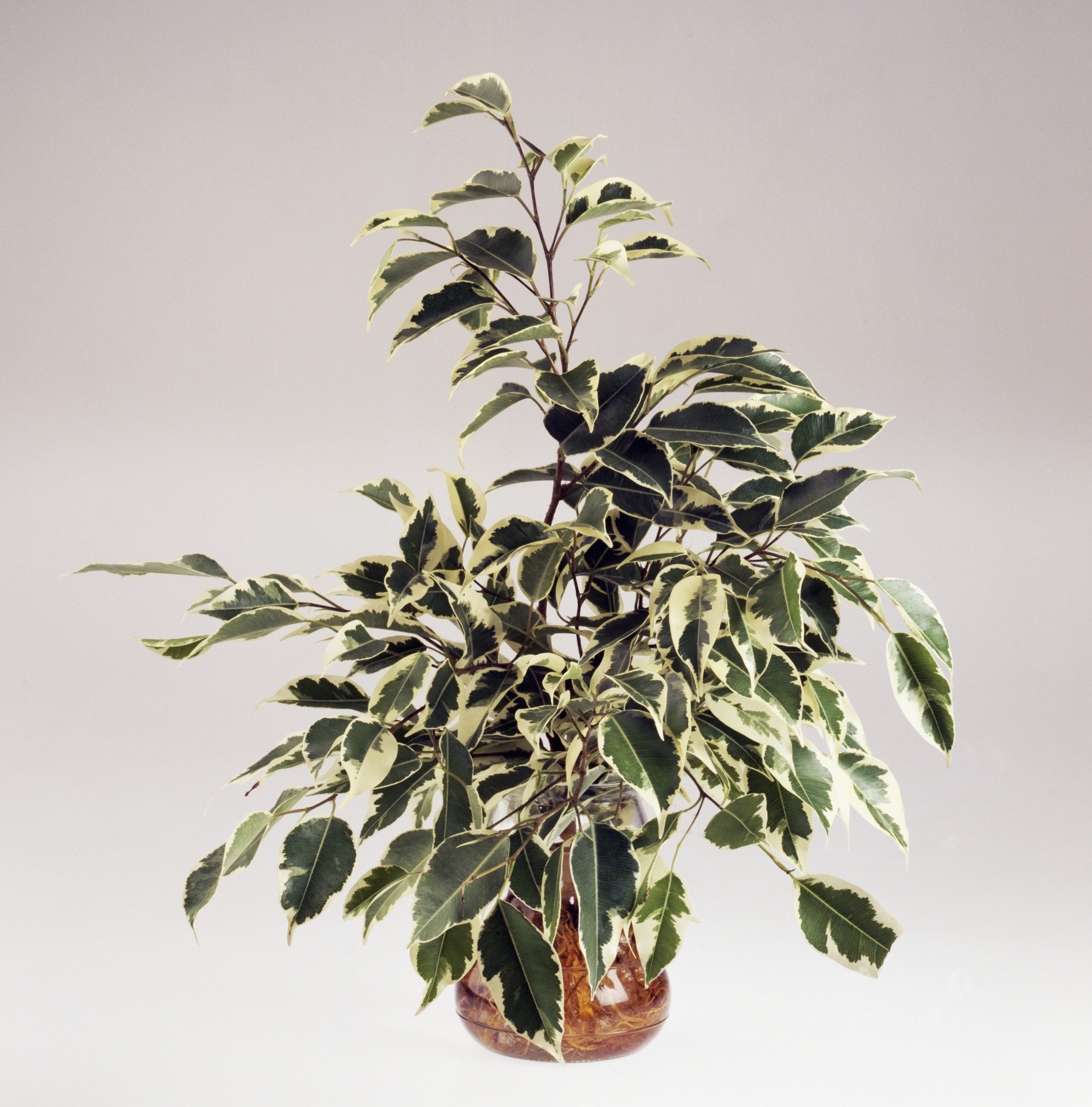 Getty Images
Getty Images
Ficus benjamina have beautiful glossy leaves and is often an indoor plant. Though they grow slowly, weeping figs can reach up to 10 feet.
Devil’s ivy
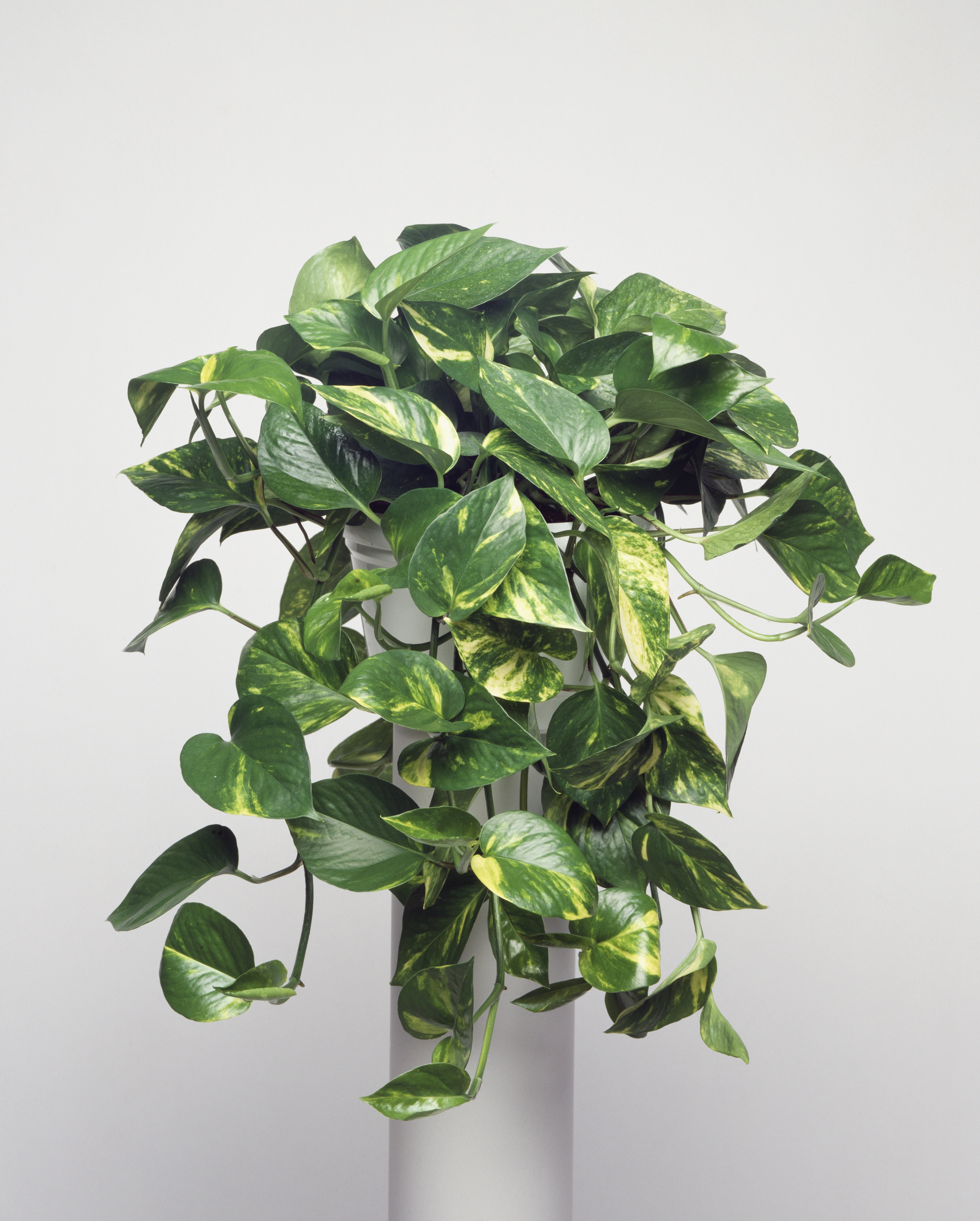 Getty Images
Getty Images
Epipremnum aureum are another plant that originated on a set of islands. While their vines can grow up to 20 feet in length (Yikes!), they often don’t grow past eight feet if they’re a houseplant.
Flamingo lily
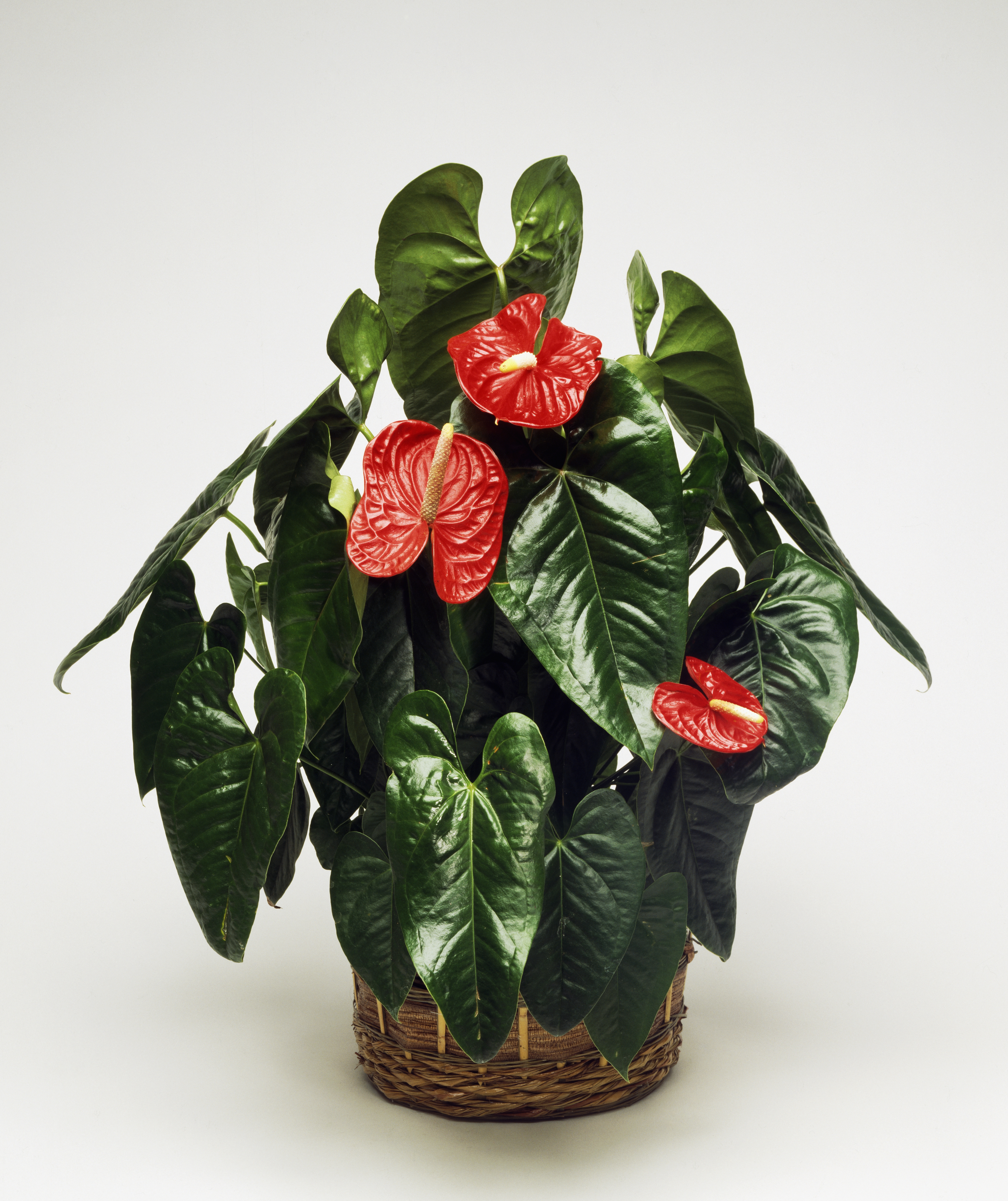 Getty Images
Getty Images
Anthurium andraeanum have beautiful bright bracts that make them an eye-catching addition to any home. They are meant to be tropical plants, so if you don’t live in an area that’s relatively warm all-year-round, you’ll have to grow these babies indoors.
Lilyturf
Liriope spicata are great for people who don’t want to deal with plants that can grow to be quite high. These plants will produce pretty lavendar and white bell-shaped flowers that resemble hyacinths.
Broadleaf lady palm
https://www.instagram.com/p/BVvvF07gqKO/Rhapis excelsa can grow to 14 feet, so if you’re looking for an elegant plant for the corner of your room, this is it. These require a bit of pruning, but they are not toxic to dogs and cats.
Barberton daisy
https://www.instagram.com/p/BUEdHAzhN5x/Gebera jamesonii have, perhaps, the most beautiful flowers of the bunch. You can choose from several colors of blooms, so it’s not surprising that these have become so popular to have in the home.
MUST-SEE: The Hilariously Bizarre Reason Plants Are Growing from Women’s Shower Drains
Cornstalk dracaena
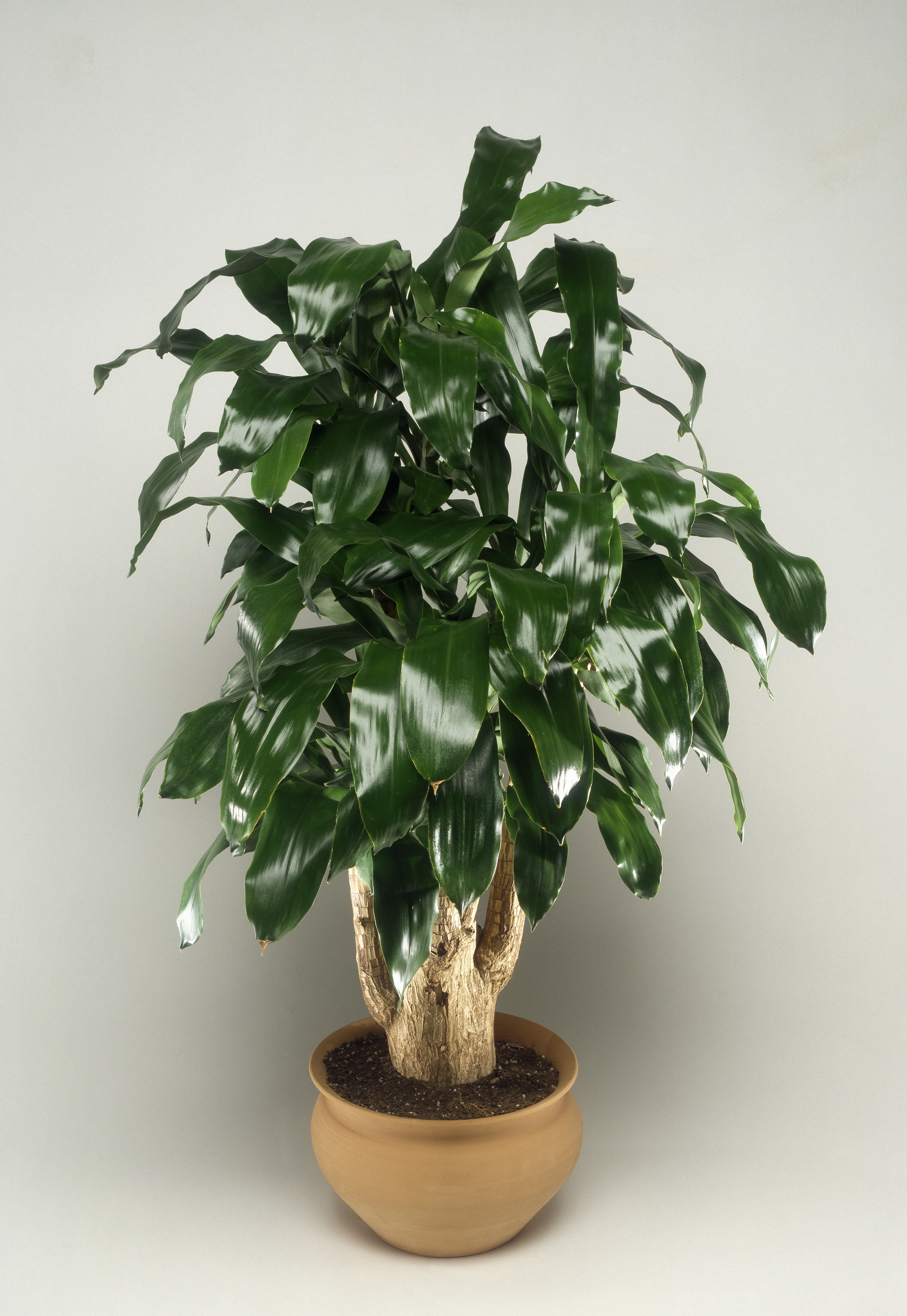 Getty Images
Getty Images
Dracaena fragrans ‘Massangeana’ are another popular home and office plant. These plants are recognizable by the colored stripe that runs down the center. They are toxic to animals, so keeping them away from Fido is crucial.
English ivy
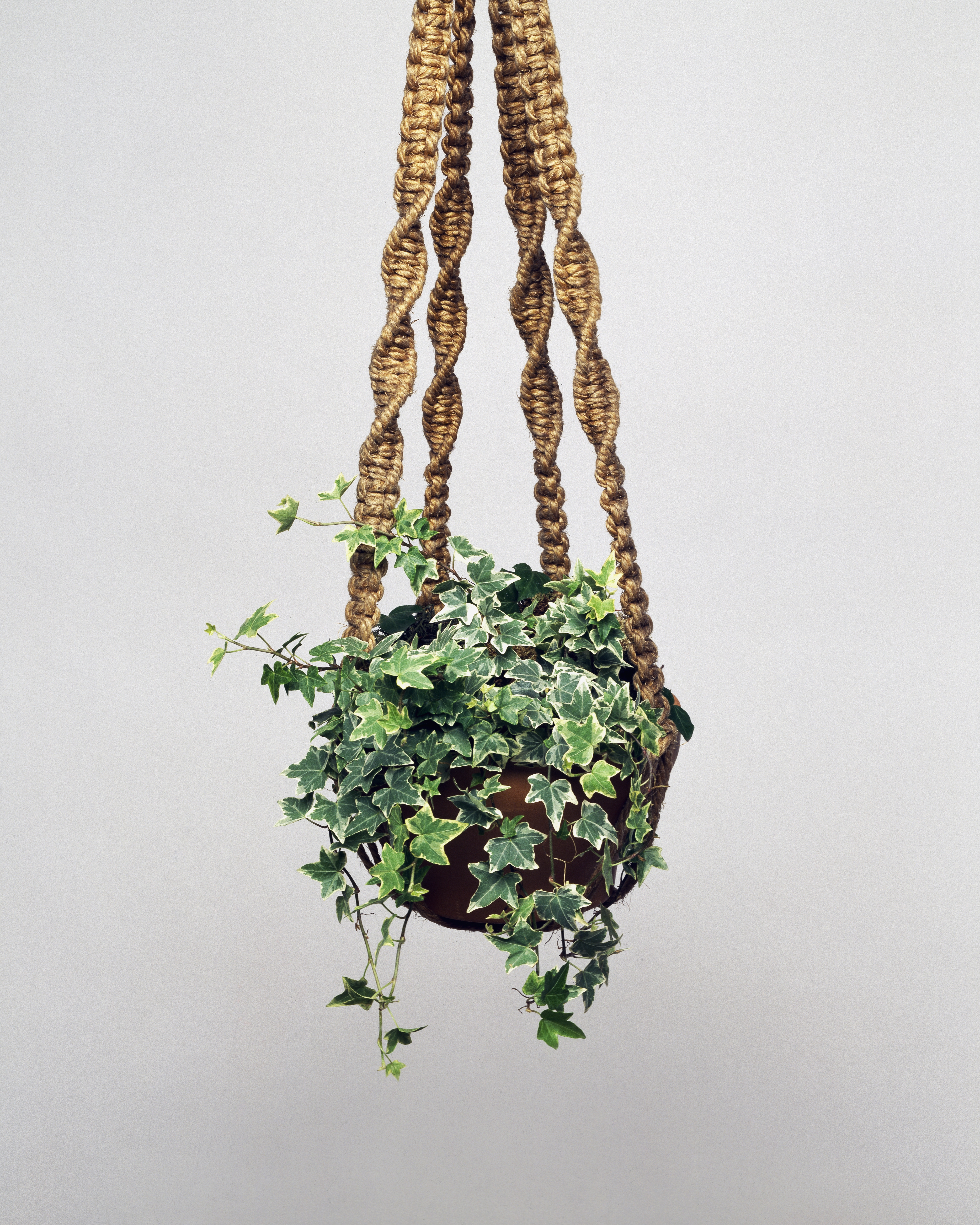 Getty Images
Getty Images
Hedera helix are, as the name implies, climbers, so if you do not want these to wreak havoc on your home, make sure there is a vertical structure in the pot for it to latch on.
MUST-SEE: 8 Ways to Keep Plants Alive While You’re Away from Home
Variegated snake plant
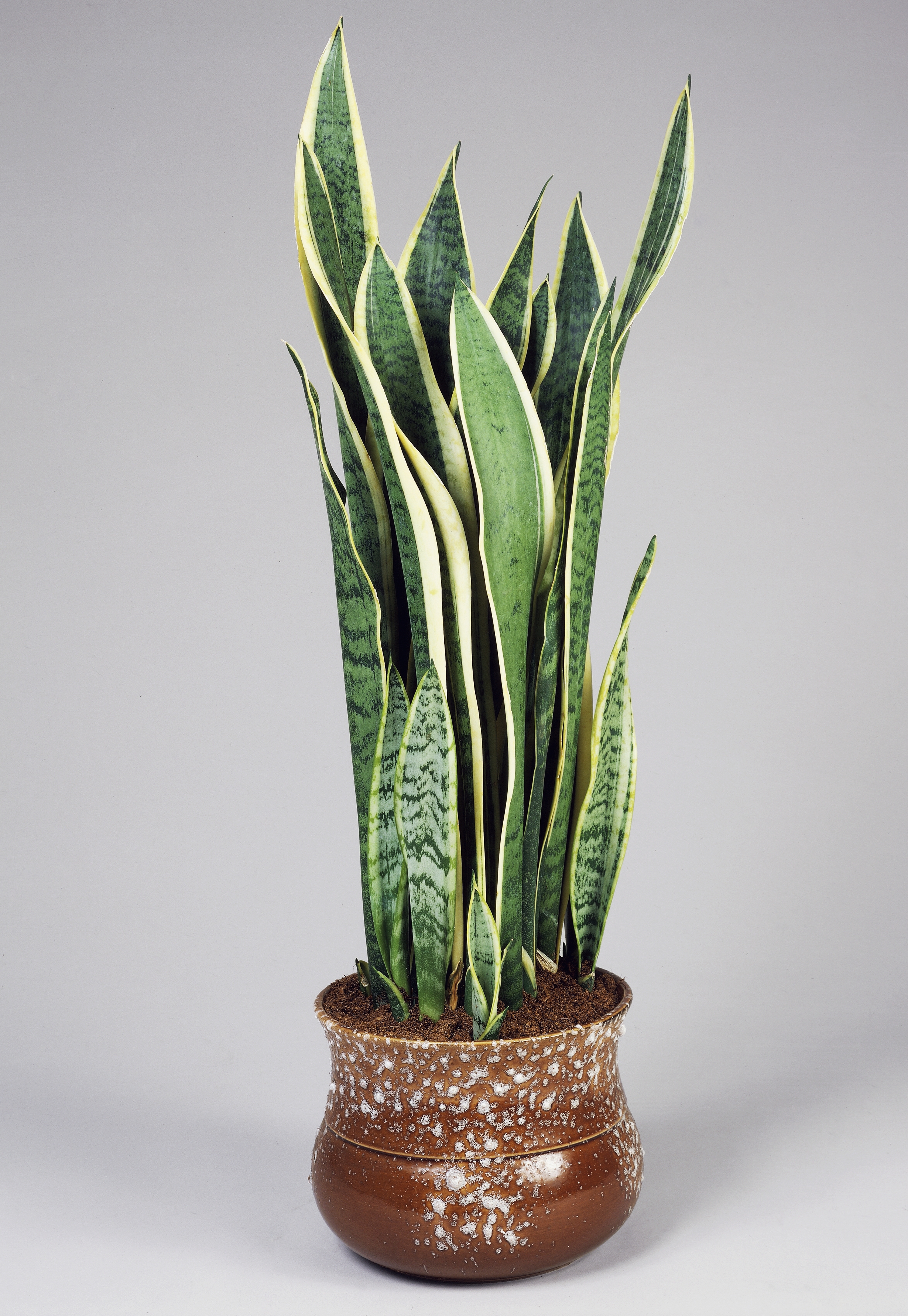 Getty Images
Getty Images
Sansevieria trifasciata ‘Laurentii’ are the snake plant for you if you often forget to water your plants. This hardy green can last a few weeks without water. On the flip-side, a variegated snake plant can rot easily, so be sure they have a free-draining soil.
Red-edged dracaena
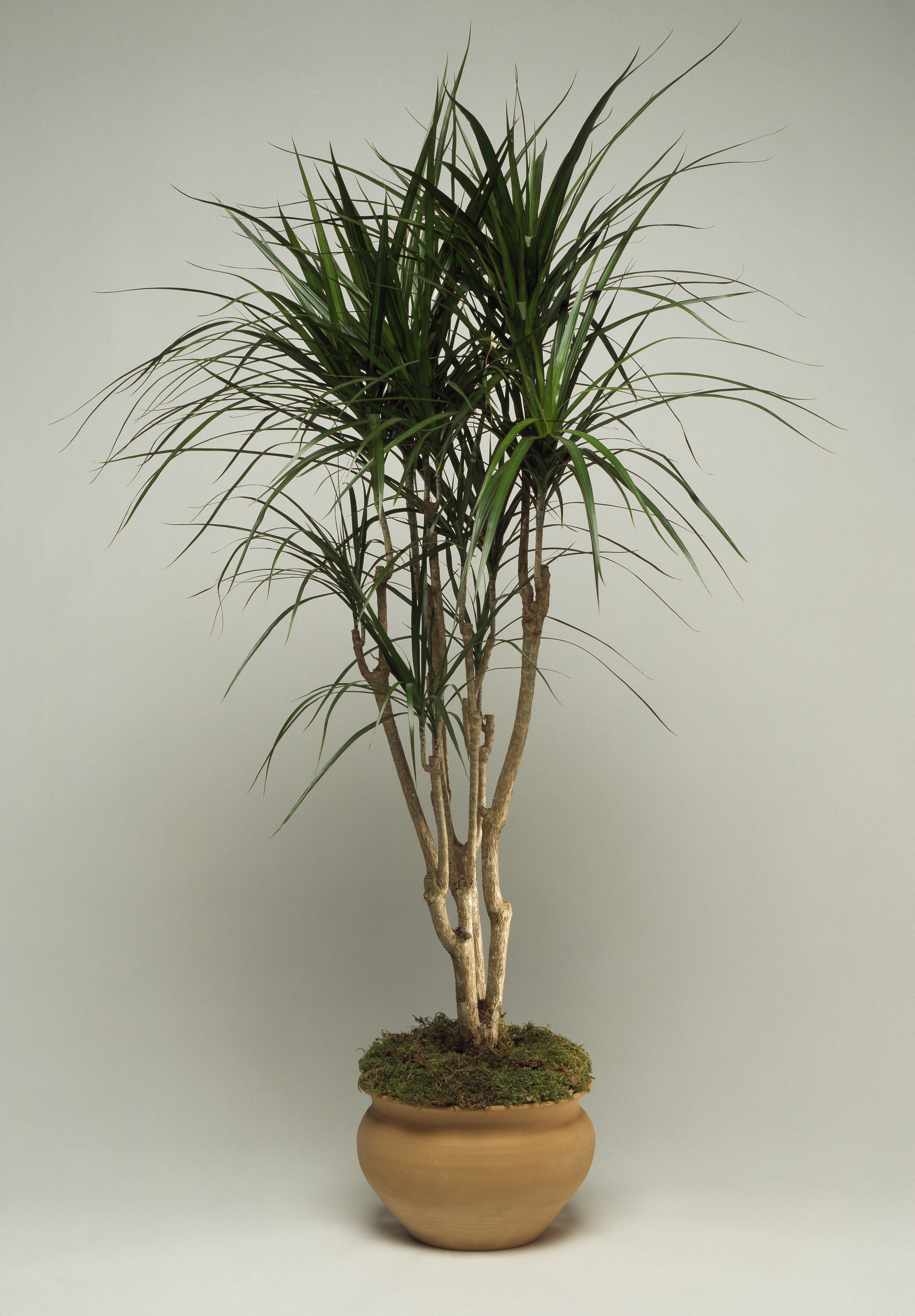 Getty Images
Getty Images
Dracaena marginata can provide a nice pop of color in an otherwise monochrome room. These plants also grow quite tall — up to 15 feet in some cases — so be sure to leave these in a room with high ceilings.
Peace lily
Spathiphyllum ‘Mauna Loa’ are known for their striking white flower. These lilies are tolerant to underwatering, so forgetful people might want to write this one down for later.
Florist’s chrysanthemum
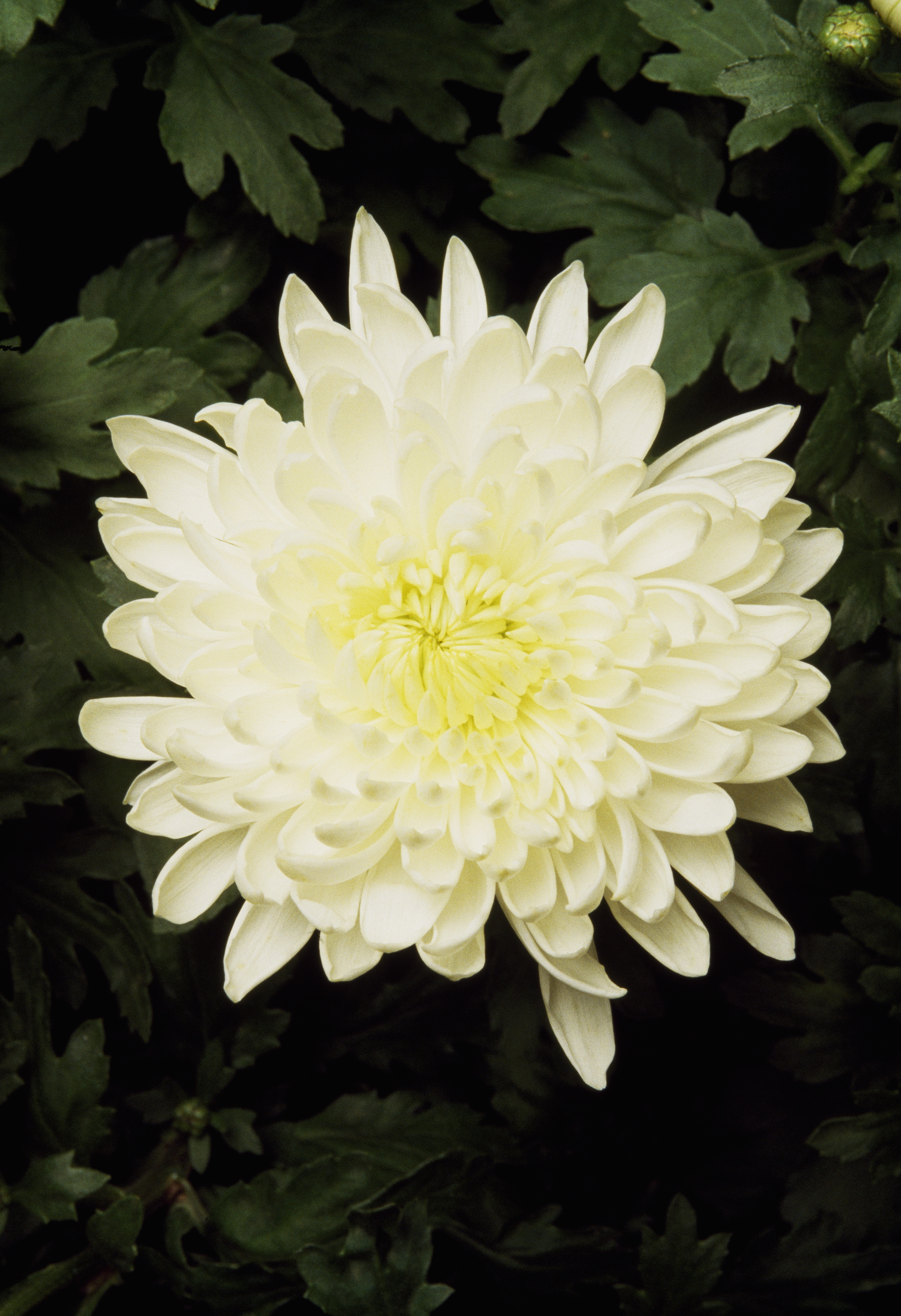 Getty Images
Getty Images
Chrysanthemum morifolium have gorgeous blooms, but if you’d like to wake up to a vase of these every morning, you’ll have to grow them indoors. These chrysanthemums do not do well in cold temperatures and can be hard to rebloom. If you’re looking for a low-maintenance plant, this is not it.
h/t Lifehacker
More from FIRST
Alert: This Plant That Can Scar and Blind You Is Popping Up in New Places


